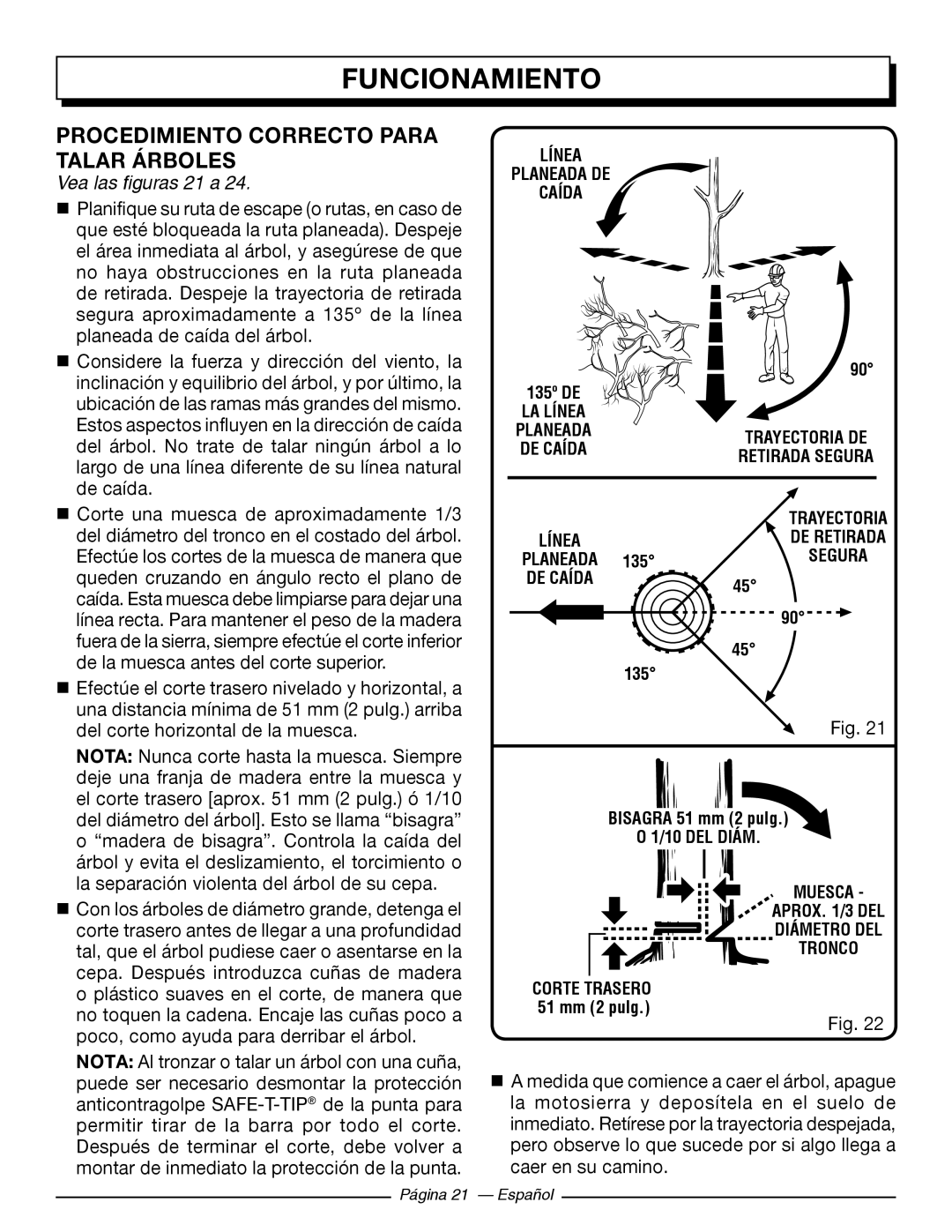UT10568, UT10548, UT10588 specifications
The Homelite UT10588, UT10548, and UT10568 models are a trio of robust and reliable outdoor power equipment designed for homeowners and landscaping professionals alike. Each model caters to various needs, ensuring efficiency and ease of use during yard maintenance tasks.The Homelite UT10588 is a versatile gas-powered string trimmer that features a lightweight design and a powerful 25cc engine. This model is equipped with a dual-line auto-feed spool that ensures smooth and continuous trimming. The adjustable handle allows users to customize the grip for added comfort during prolonged use while reducing fatigue. An important feature is its 2-cycle engine, which provides efficient performance and fuel economy. Additionally, the UT10588's EasyStart technology enables quick engine ignition, making it user-friendly, even for those less experienced in using gas-powered tools.
On the other hand, the Homelite UT10548 is designed as a powerful yet compact option for tackling tough vegetation. It employs a 30cc engine, delivering enhanced cutting power without compromising user comfort. The UT10548 comes with a 17-inch cutting path, allowing for efficient trimming of larger areas in less time. The model features a curved shaft design making it easier to handle and navigate around flower beds, fences, and other obstacles. Its innovative string head utilizes a simple tap-to-feed mechanism, ensuring that users always have the desired cutting length without needing to stop and adjust the trimmer.
Lastly, the Homelite UT10568 serves as an excellent choice for users needing a high-performance weed eater. This model is powered by a robust 40cc engine, ideal for heavy-duty applications. Its straight shaft design increases reach and accessibility, making it perfect for trimming hard-to-reach areas. One of the standout features is its robust cutting system, which utilizes an advanced three-blade design, providing exceptional cutting efficiency for tougher weeds and grass. The UT10568 also comes with an easy-to-use, bump-feed line, facilitating quick line replacements during operation.
All three models prioritize user comfort and efficiency, making them essential tools for maintaining a beautiful outdoor space. Whether trimming grass, edging sidewalks, or tackling overgrown weeds, the Homelite UT10588, UT10548, and UT10568 all exhibit the durability and performance necessary to get the job done effectively. With their unique technologies and features, these trimmers stand out in the market, offering reliability, power, and convenience to users of all experience levels.

